The importance of water is crucial for the life of all living beings that inhabit it. This natural resource allows the proper functioning of the biological processes of ecosystems and, in turn, ensures the survival of all animal and plant species that inhabit our planet. The largest ecosystem on Earth is basically water. The oceans are home to an enormous variety and quantity of living beings, which make wonderful subjects for photography. From tiny organisms to the enormous size of whales, the underwater world offers endless opportunities for photographers.
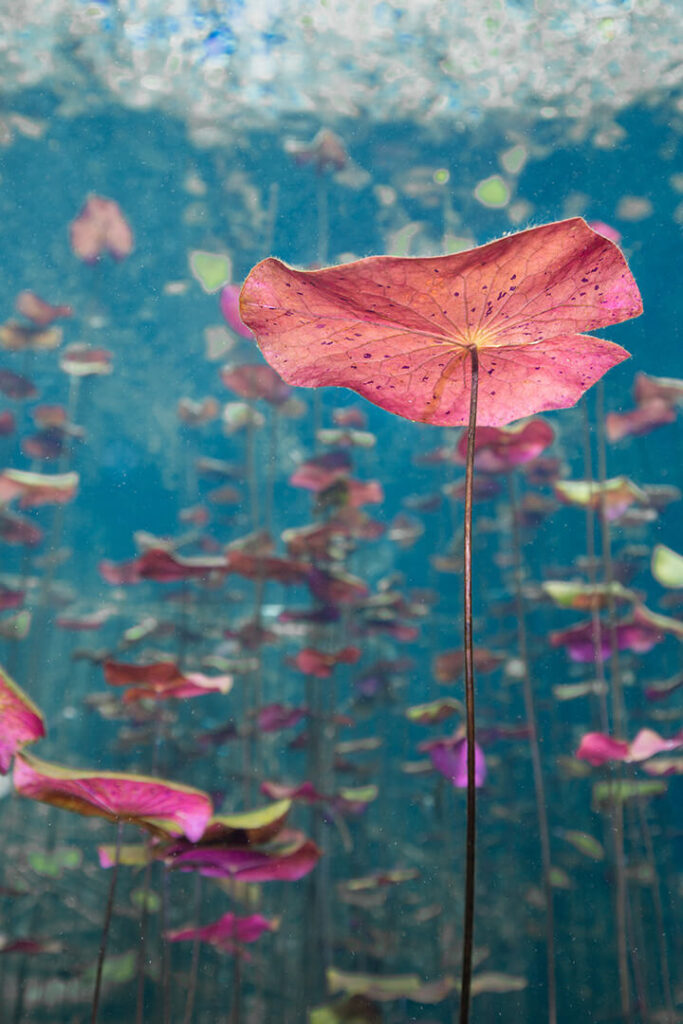
Underwater photography is a very attractive specialty. To do it properly, the diver must possess a refined set of skills, but most importantly of all, they must maintain a high ethical commitment at the time of capturing the images. Unlike surface environments where there is a greater possibility of control or regulation, the actions of the underwater photographer will almost always be left to the integrity and honesty of the professional behind the camera.
The idea of this article is to mention some of the actions that we can take when working underwater because, unfortunately, even there, we can observe unethical and poor behavior toward the natural world while making the desired photograph.
What can underwater photographers do to obtain excellent images that are created by exercising ethical practices that protect the ecosystem and the wildlife we are photographing?

Before continuing on, we must understand that each time we enter the underwater world, our mere presence has an effect. Marine creatures or creatures living in aquatic environments need to conserve their energy and use it in the most efficient way. For example, simply chasing a fish or preventing it from safely reaching its refuge on the reef, disturbing it as it buries itself in the sand, interrupting its feeding behavior, or causing it to artificially generate territorial displays all have an impact.
To prevent damage to the underwater world, photographers not only need to develop their diving skills but also become knowledgeable about the behavior of marine life. This has the added advantage of predicting the behavior of the subject, allowing the photographer to be in the right place at the right time with minimal impact.
No touching. Harassment of the underwater inhabitants is unacceptable.
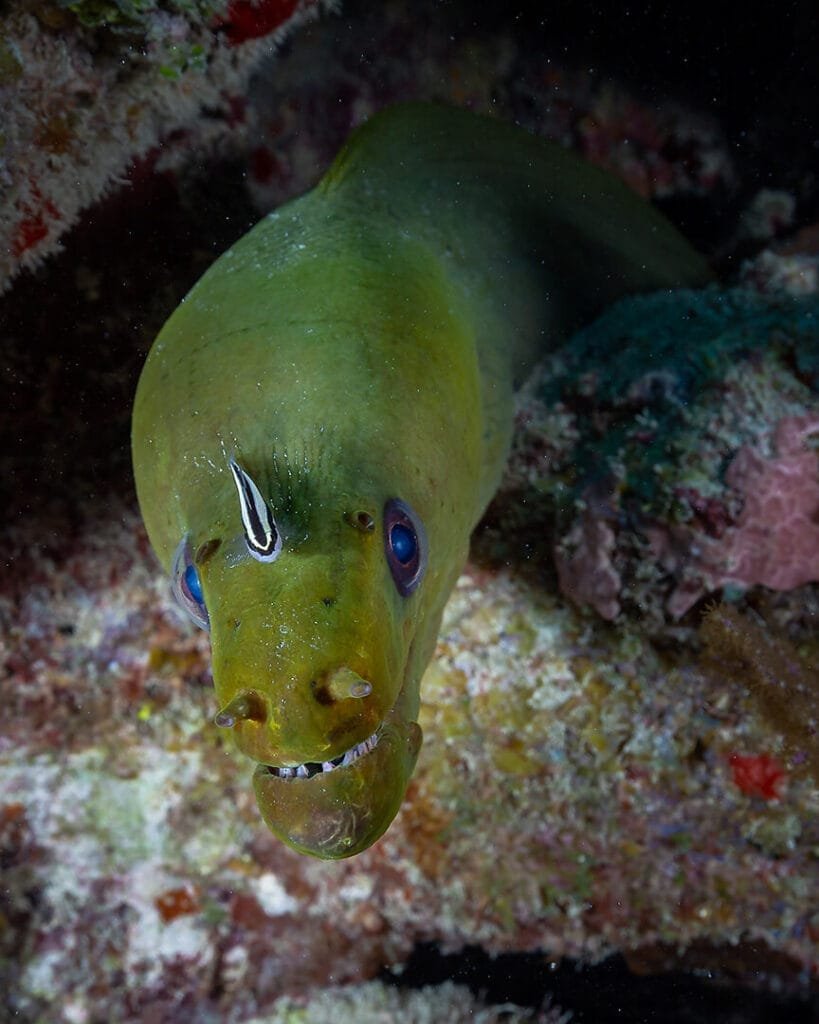
Physically moving or repositioning animals or changing the marine environment to create a better image is ethically wrong and dishonest. Say that a subject is near a reef, and it becomes impossible to photograph the subject without touching, manipulating, or otherwise damaging the coral. It’s a simple answer if the photograph should be made, and it’s a certain no.
There is no photo worth taking if fragile corals or precarious ecosystems are damaged. “Touching” is not only referring to the voluntary action of doing so but also includes the proper control of our position in the water column to avoid kicking elements of the reef ecosystem with our diving fins or being pushed against a reef by the current due to lack of attention and awareness.
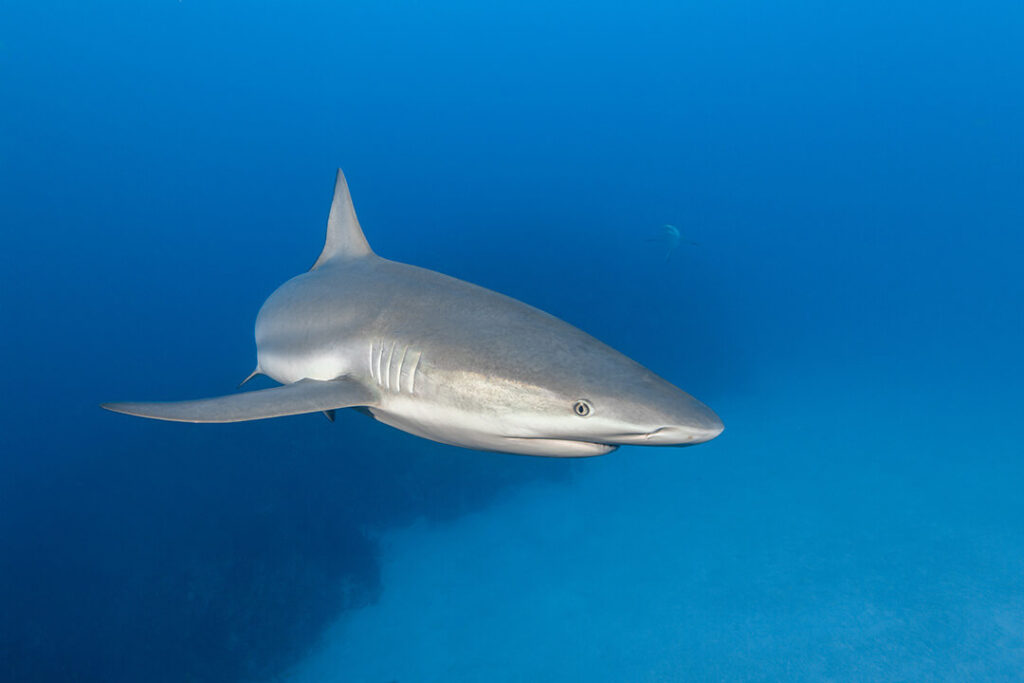
Somewhat related to the latter, we should also discourage misrepresentation of any image and the circumstances of its capture. For example, octopuses are not usually found in the middle of the water column as they prefer to stay close to the reef. On the rare occasions when they do enter the water column, they actively dive, so if the image shows their tentacles flailing, it is very likely that the animal has been grabbed and thrown for this effect. Also, octopuses do not usually “swim” on top of turtles. Crabs live and hide in the rubble of the reef, so the image of one of them uncovered means that it was probably manipulated and placed there expressly by the photographer.
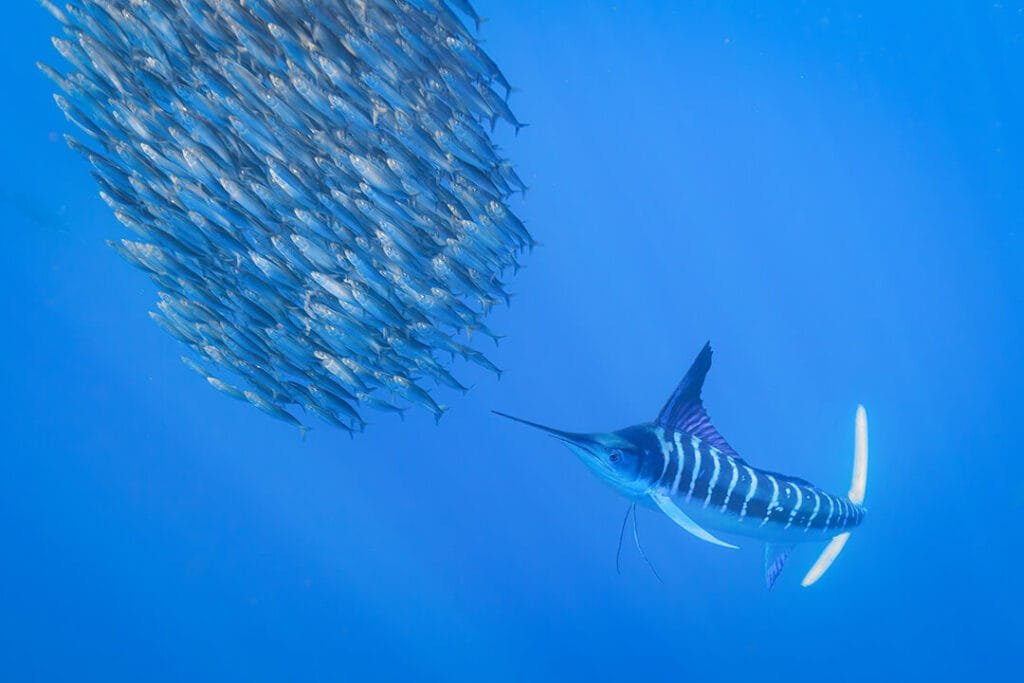
Photographers who persist in questionable practices and compare their behavior based on what others do wrong (other photographers, divemasters, fishermen, etc.) will say that their actions are “less” wrong than those of others. These types of arguments are invalid and unjustifiable and should be condemned.
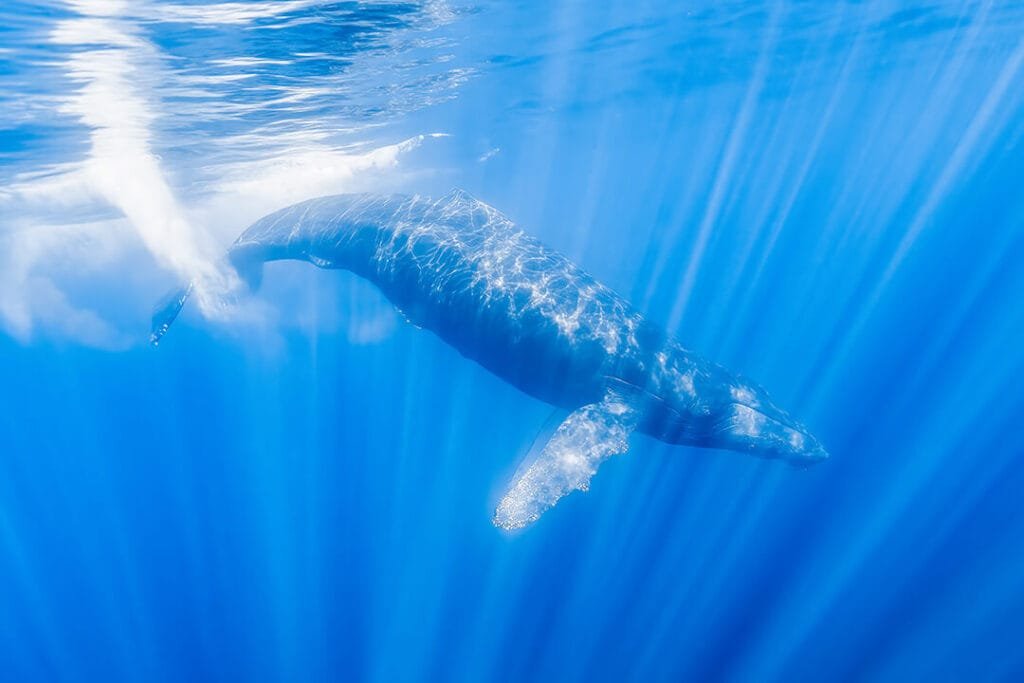
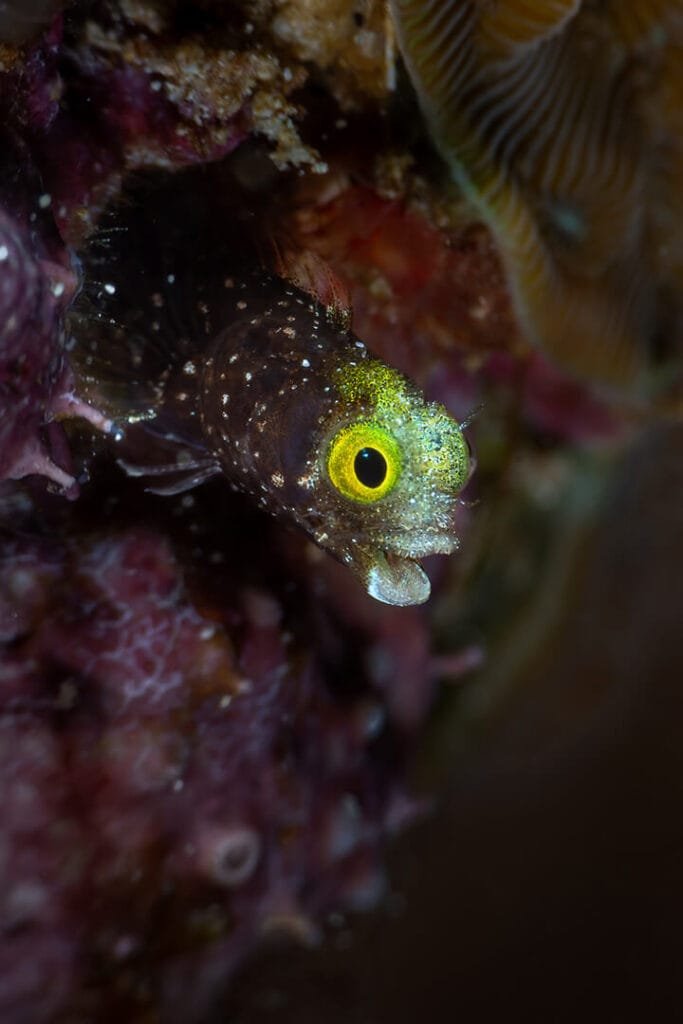
Similarly, at some dive sites, guides are often encouraged to go beyond simply pointing out potential photographic subjects for their clients and are asked to manipulate certain species in order to achieve a particular composition or lighting effect. Sometimes they are so accustomed to these requests that the guides do it automatically. If this happens to you, it is important to tell them that this is not acceptable behavior. While underwater, this should be signaled by shaking your head or a hand signal, followed by an explanation of how you want to interact with the marine environment once you reach the surface.
There are, on the other hand, magical moments when wild animals decide to interact with people. Each of these moments is incredible and life-changing. Capturing those moments with a camera is a real privilege.
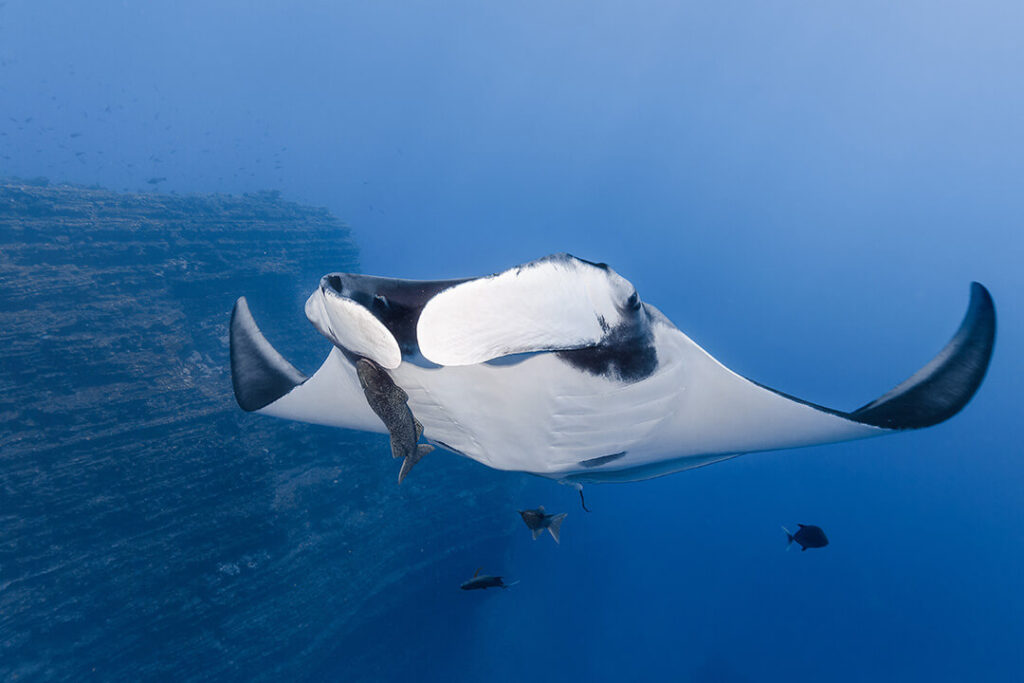
Some species, such as manatees or sea lions, seek constant interaction with divers and seem to like it as much as we do. This behavior offers us great photographic opportunities. The key here is that the animal seeks the interaction and/or has the choice to want to interact. There is nothing wrong with a photographer joining a pod of dolphins as they frolic in the ocean, but if they move away or are bothered by your presence, the photographer should not insist.
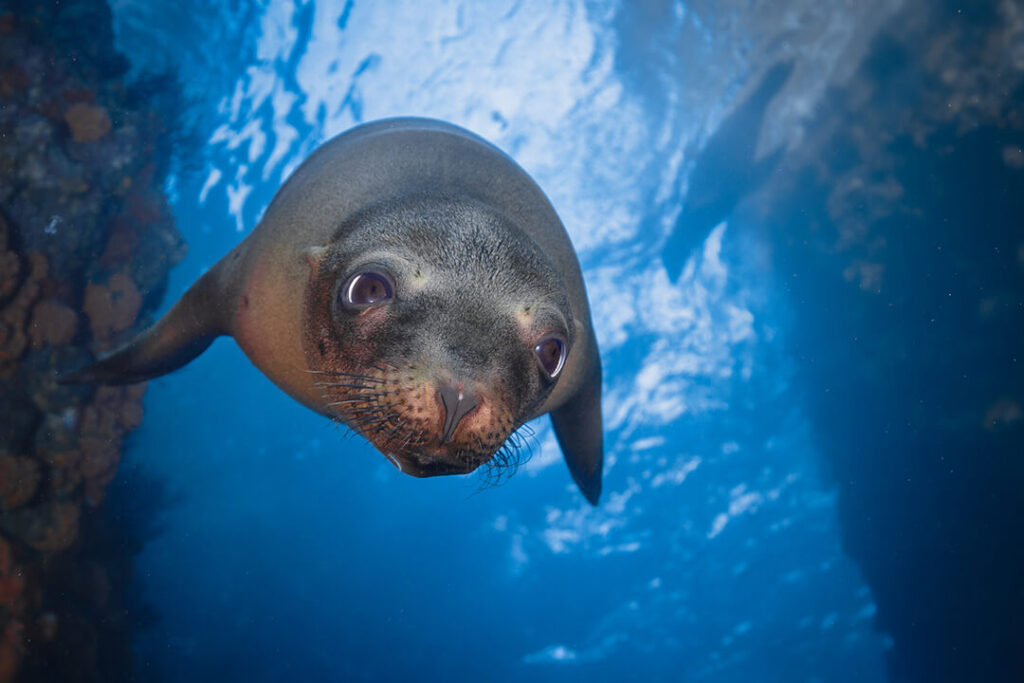
In short, while underwater, we should follow the same photographic principles that Nature First lays out for enjoying surface nature photography responsibly and ethically. The fact that it is a more complicated environment or with less control measures than on the surface in no way justifies our poor actions if we are left to our own will.
Underwater photography allows us to share the various wonders we see with people on the surface. It is up to us to make sure that the images we share have been taken in an honest and environmentally friendly manner. Similarly, if we see images that we believe have been taken in a harmful or dishonest manner, we should be prepared to hold individuals accountable and noting that it is unacceptable to act in such a way.
